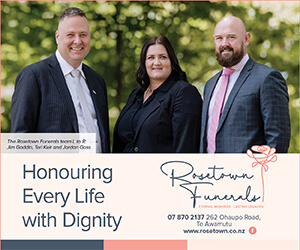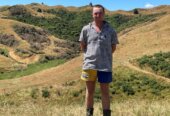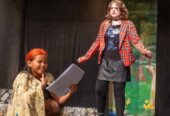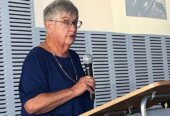Secondary school enviro leaders from across the Waikato, King Country and Thames Valley will attend Waikato Regional Council’s annual climate summit at Te Awamutu College’s O-Tāwhao Marae next month.

Pirongia School enviro leaders Lucy McMonagle (from left), McKenna Smith and Iris Beattie attend to the worm farm. Photo: Jesse Wood
Tauhara College, Te Awamutu College and Te Wharekura Maniapoto (Te Kūiti) are among the secondary schools with students attending.
“Enviro schools has deep roots in the Waikato. It was actually piloted in the Waikato over 20 years ago. The pilot schools in Hamilton are still going strong,” Enviro schools regional coordinator Michelle Daly said.
“Enviro schools is all about creating a healthy, peaceful sustainable world.
“Part of that summit is to engage young people in leadership conversations and build their communication skills so they can talk to their peers and teachers about climate change. We also engage nature connection.

Enviro leader Toby Rothery helps the younger students water the herb gardens at Pirongia School. Photo: Jesse Wood
“They go out and experience community projects. The best thing about this summit is for them to connect with others across the region.”
There are now more than 1600 New Zealand-based enviro schools, reaching about 400,100 students from Year 1-13.
In the Waipā region alone there are 25 schools (69 per cent in the district) involved in the programme.
Five Waipā kindergartens are also under the enviro umbrella.
Ōtorohanga district has three schools aligned and Waitomo nine.

Pirongia and Pāterangi School enviro leaders try on mayor Susan O’Regan’s mayoral chains. Photo: Supplied
At a recent Waipā District Council workshop, enviro leaders from Pāterangi and Pirongia schools explained what they’re doing to play their part.
They urged adults to make a positive environmental impact – “less packaging and more trees”.
The students’ work involves growing fruit trees, feeding food scraps to chickens, worm farming compost, native plantings for the Trees of Survival programme and setting up pest traps along the Taiea Te Taiao, Ecological Corridor (Maungatautari to Pirongia Ecological Corridor Project).
“We’ve set these traps so we can be a safe space for native birds and bats to visit. Our school bird is the kōkako, and it would be great to see one at our school one day,” Paterangi School student Torree-Ann Roa said.
“Each term, a class gets to participate in a weekly garden-to-table session where half of the class will look after the garden, weed, plant, water, and harvest the food, and the other half will prepare a meal to enjoy together. It’s a great opportunity to learn how to grow and cook.”
Fellow Pāterangi student Jackson Murdoch explained how they surrounded their outdoor classroom with native trees.
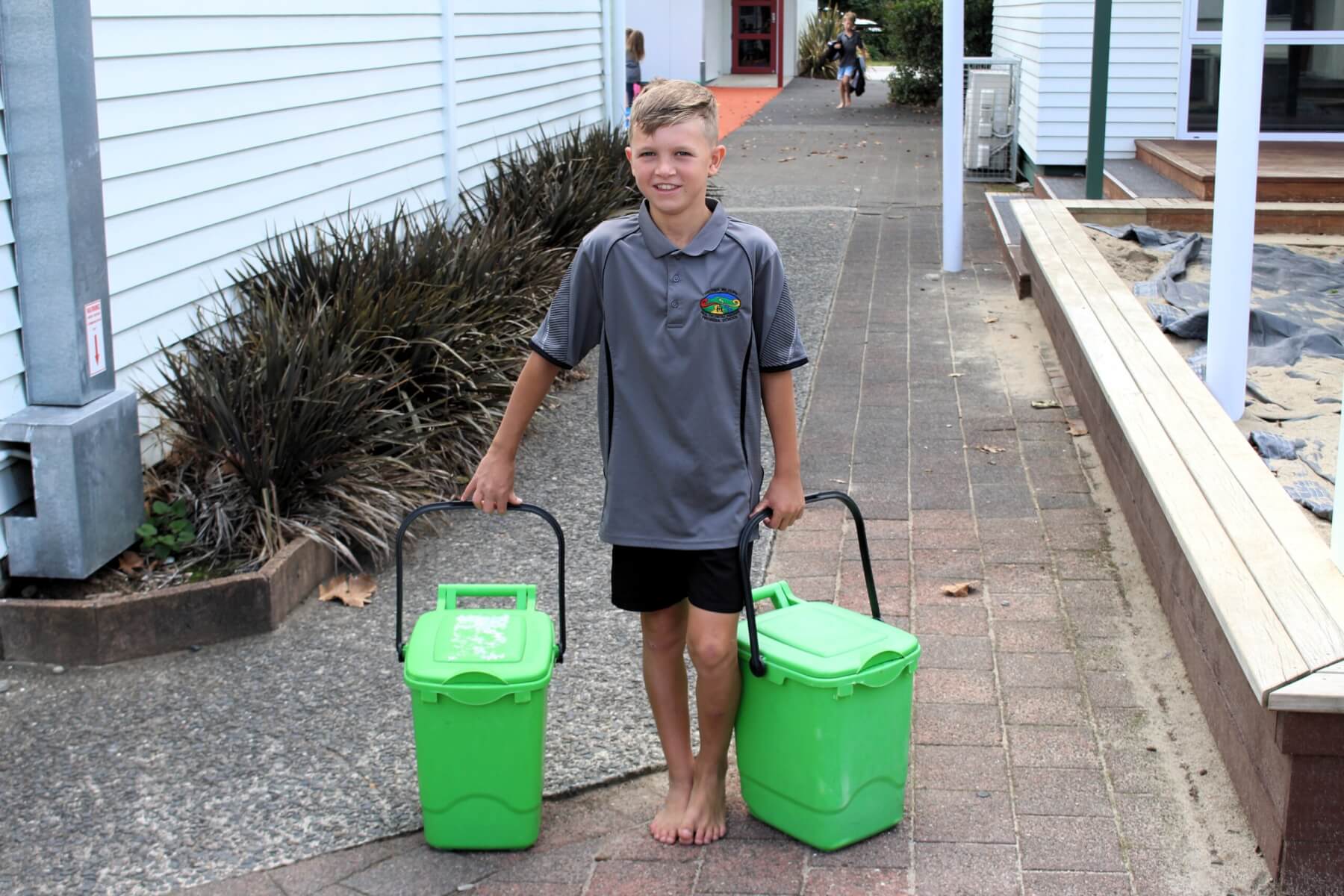
One of the big enviro jobs is collecting scraps for the worm farms and emptying rubbish bins. Photo: Jesse Wood
“We installed a rain tank to collect rainwater off the roof of the outdoor classroom so that we can water out natives. Unfortunately, there has been very little rain this summer so our poor wee natives are struggling,” Jackson said.
“We also planted out the front verge of the school with mountain flax, donated by a local nursery. These will help stabilise the bank.”
Jack Newlands told attendees about their bush school on a neighbouring farm.
“Throughout the year, we all get a chance to go over the road to bush school. This is a real highlight for lots of students,” Jack said.
“At bush school we like to climb trees, light the fire and cook something on it, make spears and go fishing in the pond.”
Pirongia enviro leaders Heidi Cuttance and Toby Rothery were also great informants.
Heidi said their enviro team had several exciting projects planned.
“These include a hot compost system for our school and community to put their food scraps in, which will biodegrade into compost that we can re-purpose and sprinkle on our gardens.”
Mayor Susan O’Regan was inspired to see the children sharing their knowledge so confidently.
“They are the leaders of tomorrow, our next generation, and their passion for our environment is a powerful reminder that they are leading the way towards a better future.”
The list of Enviro schools are:
Otorohanga District (3)
Kio Kio, Ngutunui and Ōtorohanga schools.
Waipā District (30)
Cambridge High School, Cambridge Kindergarten, Cambridge Middle, Cambridge Primary schools, Central Kids Kindergartens – Hazelmere, Central Kids Kindergartens – Kihikihi, Goodwood, Hautapu, Horahora schools, James Gray Kindergarten, Karāpiro School, Leamington Kindergarten, Leamington, Ngāhinapōuri, Ōhaupō, Pāterangi, Pekapekarau, Pirongia, Pōkuru, Puahue, Pukeatua, St Patrick’s Catholic (Te Awamutu), St Peter’s Catholic (Cambridge), St Peter’s (Cambridge) schools, Te Awamutu College, Te Awamutu Primary, Te Miro, Te Pahū, Waipā Christian, and Wharepapa South schools.
Waitomo District (9)
Benneydale, Centennial Park, Mōkau, Piopio Primary, Pukenui (Te Kūiti), Rangitoto, Te Kūiti High, Waitomo Caves and Whareorino schools.
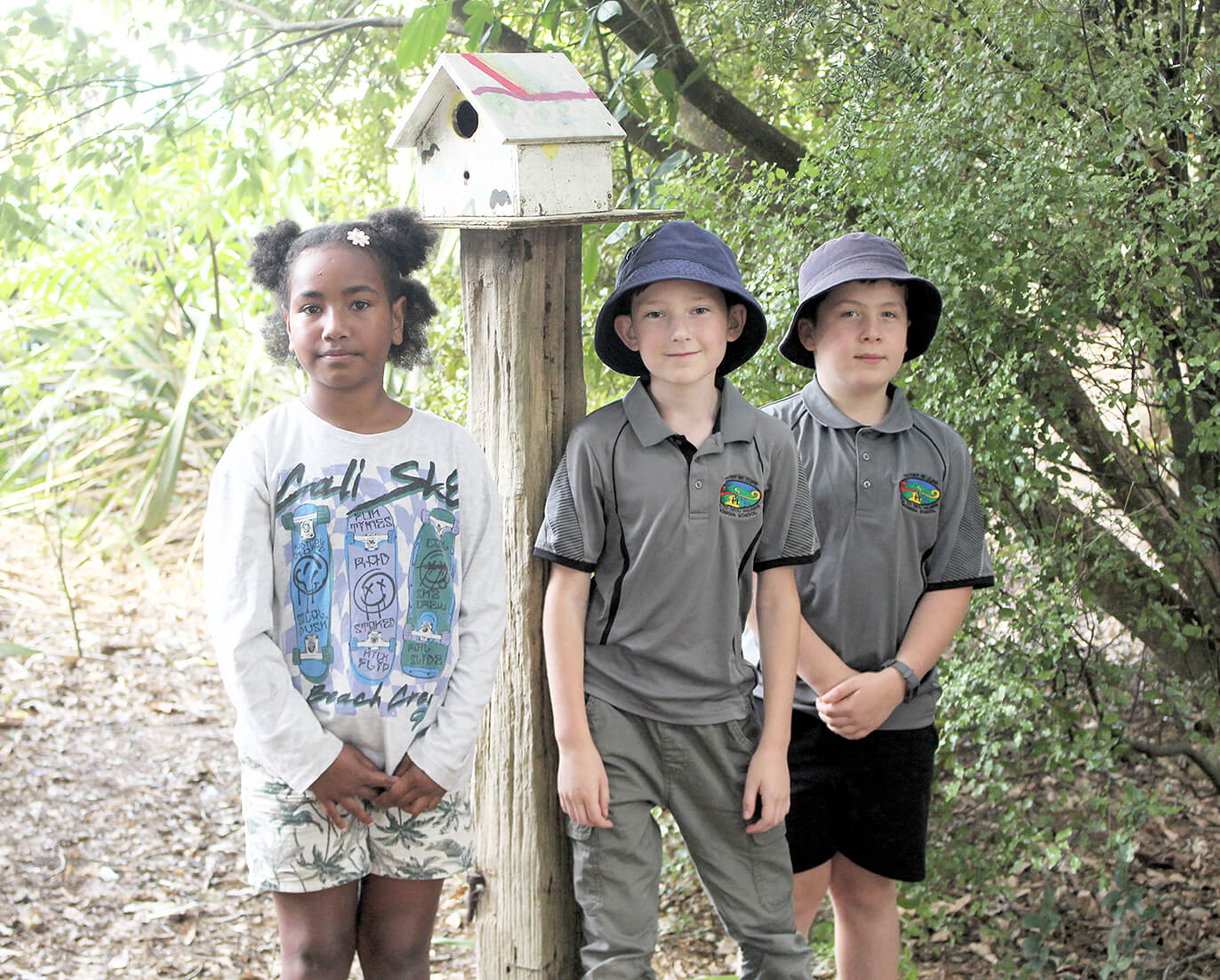
Students Joana Dewei (from left), Connor Glenn and Lewis Vale amongst Pirongia School’s native bush with one of the bird houses encouraging native birds to roost. Photo: Jesse Wood
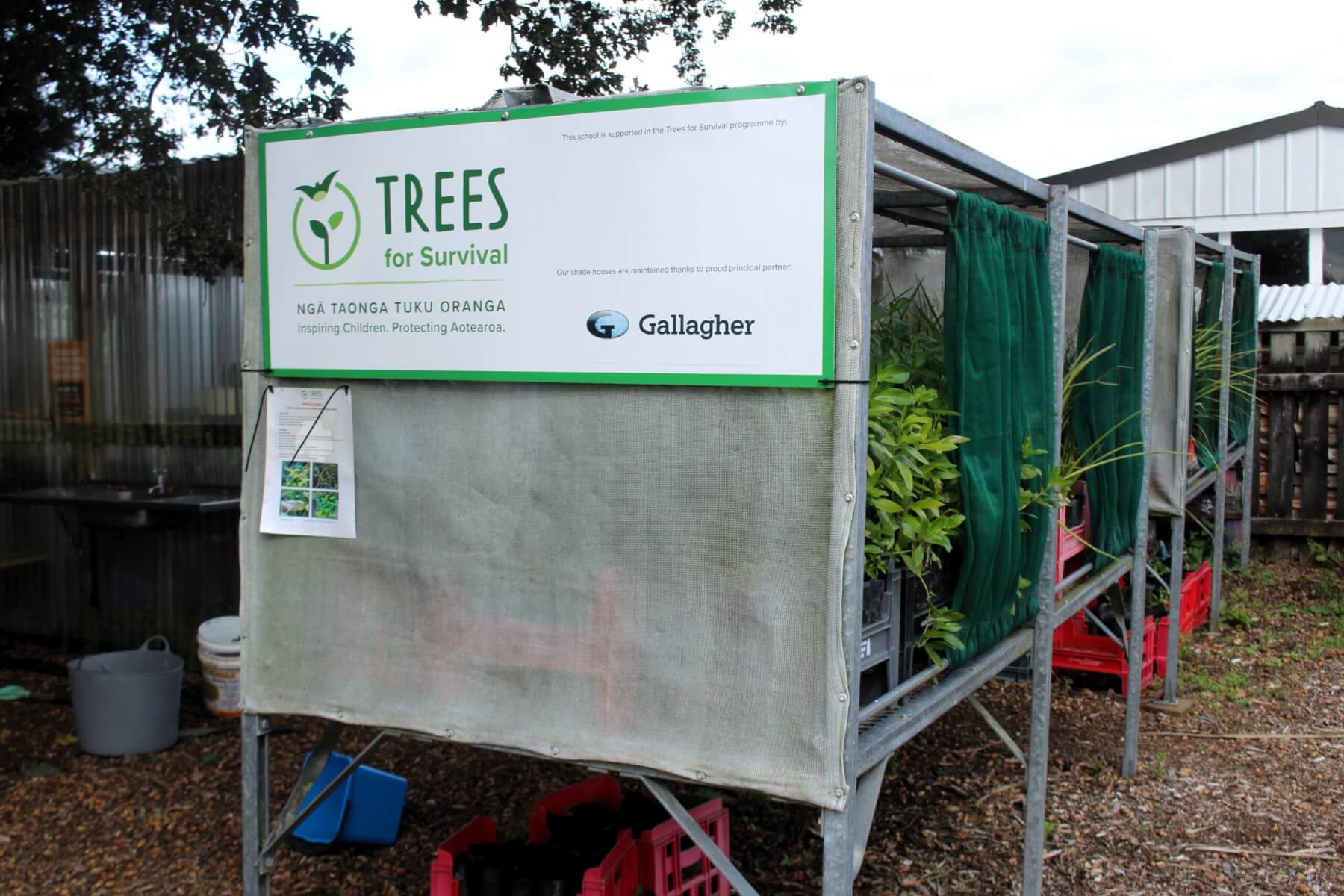
The Trees of Survival programme is about working with schools to grow, nurture and plant natives. Photo: Jesse Wood




